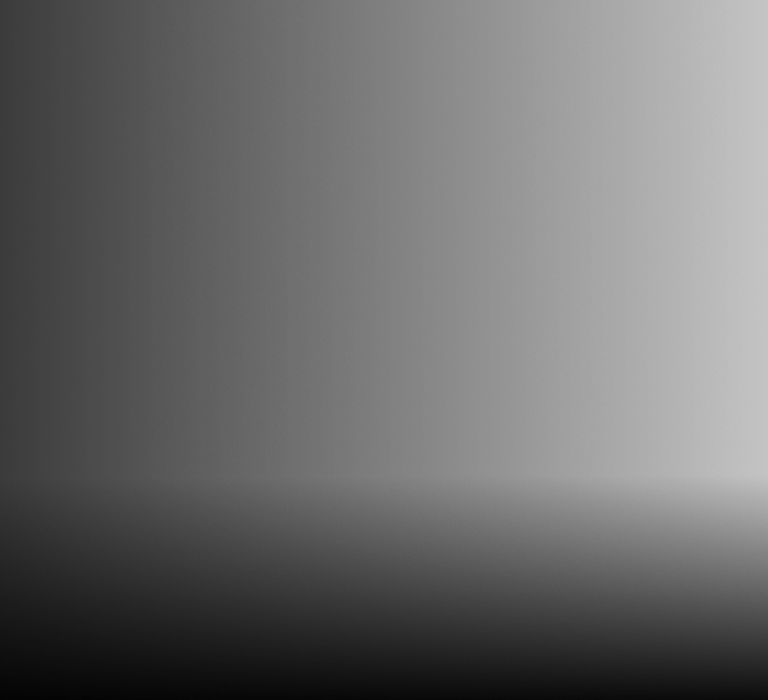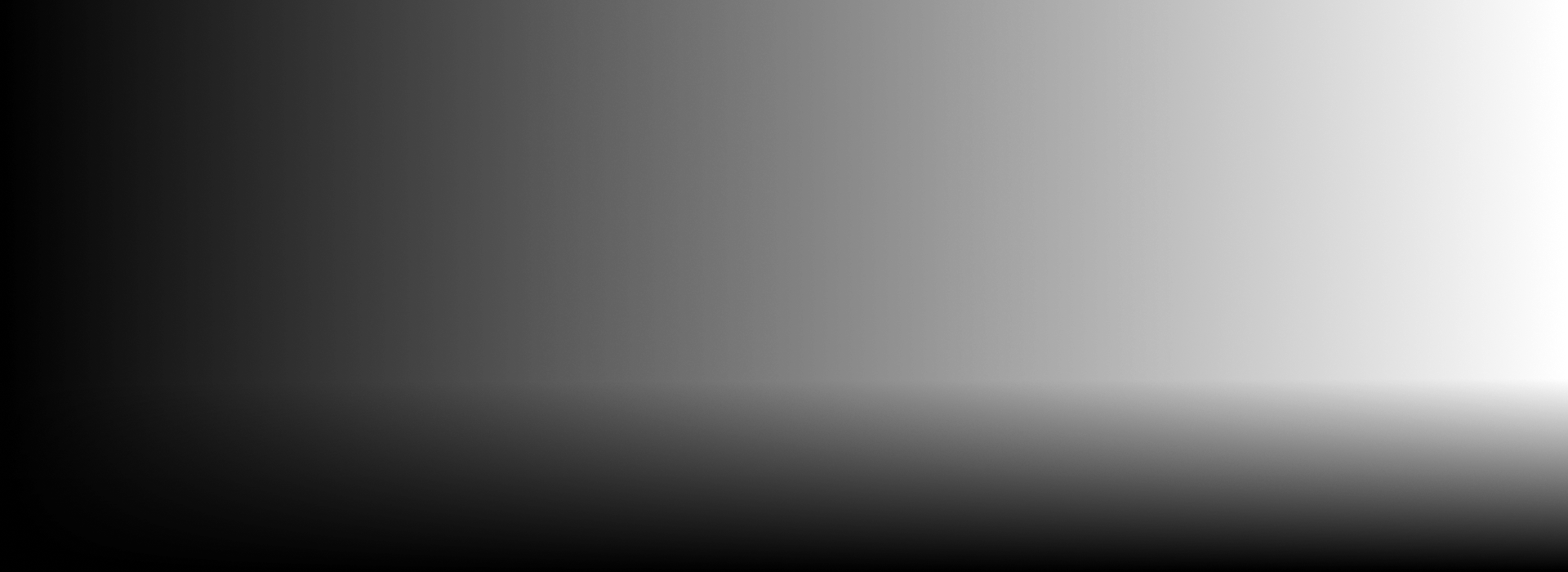Computer music, software-developed works of art, bots that write pop music, schools teaching computational approaches to art and design. Robots may not replace humans, but they certainly help and support them, also in their artistic production. Underlying this artistic revolution are artificial intelligence and machine learning, two branches of computer science embraced not only by well-known independent computer programmers/Internet artists such as Darius Kazemi, but also by companies such as Google, which has launched two initiatives dedicated to the creative applications of AI, and institutions, such as the New York based School for Poetic Computation, which have long offered training programmes on such issues.
Google’s artificial sounds
Magenta is a Google Brain project that uses machine learning to create music and art. The initiative pools together a network of artists, programmers and researchers who share innovative methods and approaches to creating art. One of its first experiments led to the creation of AI. Duet, a computerised piano that reacts to sound inputs entered by humans.
One of the most interesting results to come out of Magenta is Nsynth, an audio synthesiser that uses AI to produce new sounds using mathematical algorithms. Nsynth takes simple sounds, such as those of a flute, organ, violin or xylophone, and combines them to create new sound effects, as if generated by an instrument that does not exist.
School for Poetic Computation
Founded in 2013 in New York to explore the intersections of code, design, hardware and theory, the School for Poetic Computation is a hybrid of a school, residency and research group, focusing on poetic production through bots and Man-Computer symbiosis.
Designer bots
The artist Darius Kazemi is convinced that artificial intelligence does not necessarily require considerable investments. Kazemi has created dozens of online bots: Two Headlines takes two headlines and combines them with amusing results; Museum Bot tweets a random high-res Open Access image from the Metropolitan Museum of Art, four times a day; Very Old Tweets retweets some of the earliest posts, when users still used Twitter to describe what they were doing.
The software that challenges Picasso
And then there’s an AI software capable of creating amazing reproductions of original paintings. The algorithm, known as GAN (Generative Adversarial Network) consists in two interacting neural networks. One generates, the other evaluates, and the algorithm ploughs on until the desired result is achieved. GAN was trained on 81,500 paintings to tell the difference between images we would class as artworks and those that are simple images. The network was also trained to distinguish different styles of art, such as cubism, rococo or abstract art.



